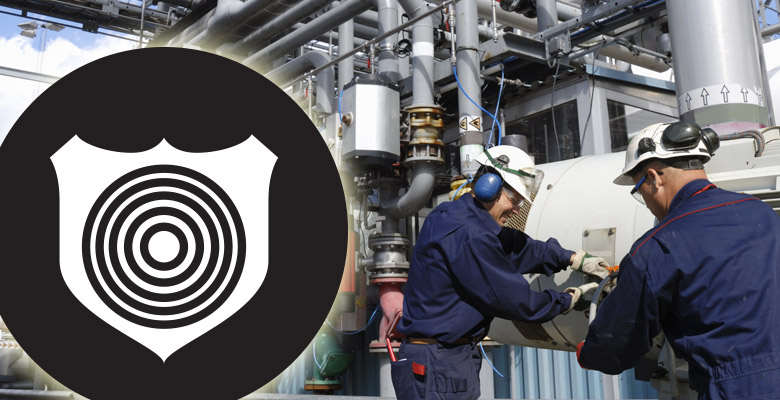
Pinning Down Emissions Detection and Inspection
New Robot Technology Fugitive methane leaks have been a challenge for producers committed to meeting net zero targets by 2050. Good news is here, with the release of an innovative…

The Best in BESS Safety: The Honeywell/Nexceris Li-ion Tamer
Lithium-ion batteries are a hazard. Like a lion, their temperament can change at a moment’s notice, leaving them to ignite in a single cell, engulf an entire building in flames,…

Reducing Fire and Explosion Hazards of Lithium-Ion Batteries with NFPA 855 Compliance
Author: Jenny Wilson, P.Eng., CFSE Does your utility, commercial, or industrial operation include lithium-ion batteries? Do you know if you’re compliant with the new, mandatory NFPA 855 regulations? …

The Clean Water Solution: Waltron
Downtime can be costly. Your operation becomes less efficient and now you’ve got corroded and scaled pipes that have added to the cost of repairing or replacing your equipment. …

Honeywell Launches New Connected Gas Detector To Keep Industrial Operations Safe While Making Set-Up, Maintenance And Reporting Fast And Easy
Honeywell has released an Industry 4.0-ready fixed point gas detector that leverages Bluetooth connectivity to make set-up, maintenance and compliance reporting faster and easier – and utilizes Honeywell’s proprietary sensing technologies to ensure maximum protection for both plant…

CSA B149.3 Compliance in Alberta for Gas-fired Equipment – What’s New?
CSA B149.3 has been a regulatory requirement for many years in Alberta meaning all gas fired process equipment must either be CSA certified or more commonly must be field approved.…

Why the migration from UV/IR to 3IR Flame Detection in Oil & Gas Facilities?
Curious as to why multi-spectrum IR flame detectors were developed and rapidly adopted as the optimal choice, replacing UV/IR flame detection in oil and gas facilities? Read on friends! Those with deep…

How to Design an Effective and Future-proof Gas Detection System
“How many detectors do I need?” and “Where should I locate them?” are two frequently asked questions about designing a gas monitoring system — and probably two of the most…

Developments in Gas Detection Technology Enhance Worker Safety
One of the greatest hazards affecting the health and safety of industrial workers is toxic, flammable and explosive gasses. As Safety + Health magazine reported, concern over worker exposure to toxic…

Methods of Protection in Hazardous (Explosion Risk) Locations: Containment, Segregation and Prevention (with Intrinsic Safety)
In order to reduce the risk of explosion, elimination of one or more of the components of the ignition triangle is necessary. There are three basic methods of protection—explosion containment,…
